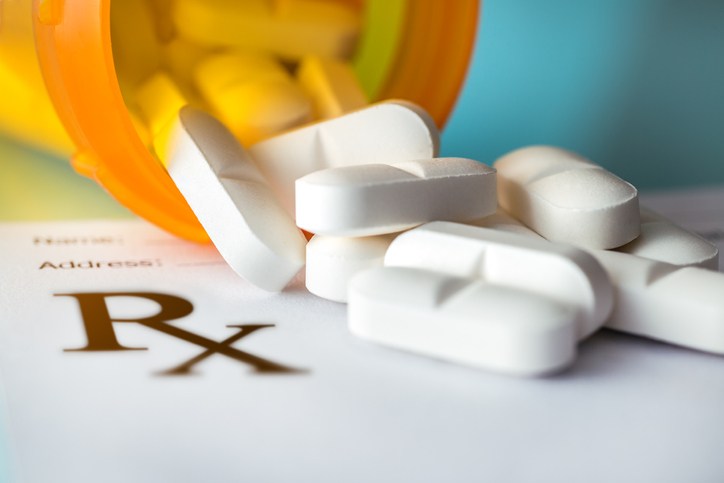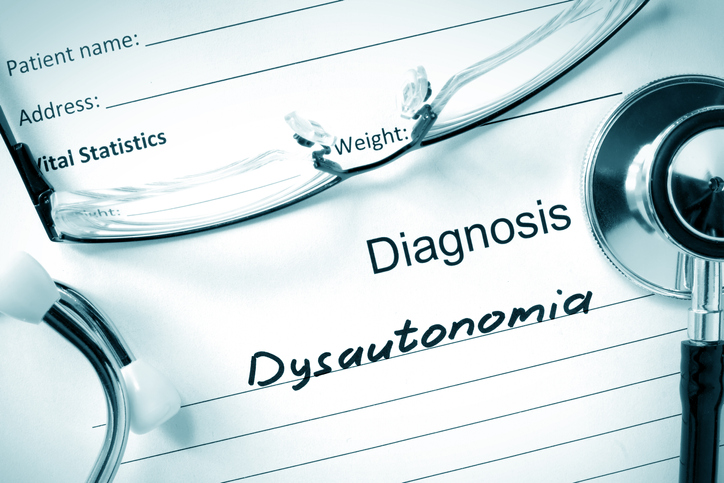Pain
Conventional Medical Treatments for Dysautonomia

What is dysautonomia?
Dysautonomia — also known as autonomic dysfunction or autonomic neuropathy — refers to a group of conditions that involve dysfunction of the autonomic nervous system (ANS). It occurs when communication with the nerves in the autonomic nervous system is disrupted or impaired.
The autonomic nervous system controls involuntary functions such as heart rate, breathing, digestion, sweating, and blood pressure. When the ANS doesn’t operate properly, a host of health issues can occur, including rapid/slow pulse, high/low blood pressure, digestive problems, difficulty regulating body temperature, and loss of bladder control.
Conventional medical treatments
Dysautonomia can occur as a primary condition or can be secondary to another health condition, such as Parkinson’s disease, diabetes, or an autoimmune disease. When dysautonomia is secondary to another health condition, treating the initial health condition often improves symptoms of dysautonomia.
While there is no cure for dysautonomia, symptoms can often be managed with conventional medical treatments. Managing dysautonomia is highly individualized, as symptoms of dysautonomia vary in type, severity and duration. Conventional medical treatments for the various symptoms of dysautonomia include, but are not limited to, the following:
Pain
- Analgesics, such as ibuprofen, naproxen sodium, acetaminophen, or opioids
- Antidepressants, including serotonin and norepinephrine reuptake inhibitors (e.g., duloxetine or milnacipran), selective serotonin reuptake inhibitors (e.g., fluoxetine or sertraline), or tricyclics (e.g., amitriptyline)
- Anti-seizure medications, such as pregabalin or gabapentin
Digestive symptoms
- Medications to treat constipation, such as laxatives
- Medications to treat diarrhea, such as antibiotics or over-the-counter antidiarrheals
- Medications to help empty the stomach, such as metoclopramide
- Medical devices, such as a feeding tube, when oral food intake is not adequate
Urinary symptoms
- Medications to treat an overactive bladder, such as oxybutynin or tolterodine
- Bladder retraining (drinking fluids and emptying the bladder on a set schedule) to help with bladder capacity and fully emptying the bladder
- Assistive devices, such as catheters, for urine retention
Sweating issues
- Medications to decrease sweating, such as glycopyrrolate
- OnabotulinumtoxinA injections to stop sweating in specific areas
Heart rate and blood pressure irregularities
- Medications to raise blood pressure, such as fludrocortisone or pyridostigmine
- Medications to regulate blood pressure, such as beta-blockers or midodrine and pyridostigmine
- Compression garments to improve blood flow
Sexual symptoms
- Medications, such as sildenafil or vardenafil, or an external pump to pull blood into the penis to help treat erectile dysfunction
- Lubricants to help make sex more comfortable if vaginal dryness is an issue
- Medications, such as flibanserin, to enhance sex drive in pre-menopausal women
Mobility limitations
- Physical and occupational therapy can help with mobility limitations. Physical therapy can help maintain or improve muscle strength, muscle flexibility, and range of motion (with methods that do not cause orthostatic intolerance symptoms). An occupational therapist can help with performance of everyday tasks.
- Mobility devices may be prescribed by occupational or physical therapists if mobility becomes an issue as the disease progresses. Such devices may include a cane, walker or wheelchair.















